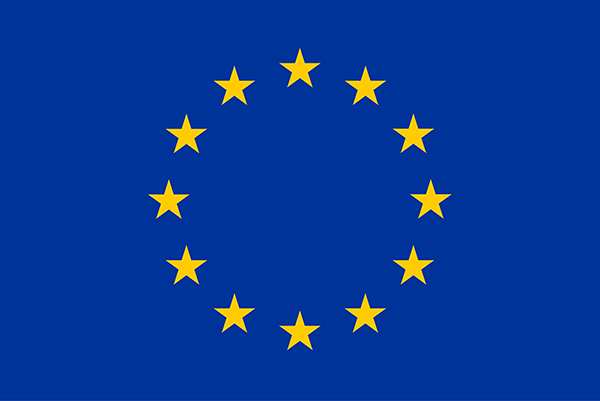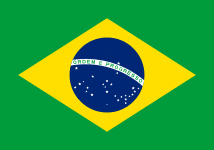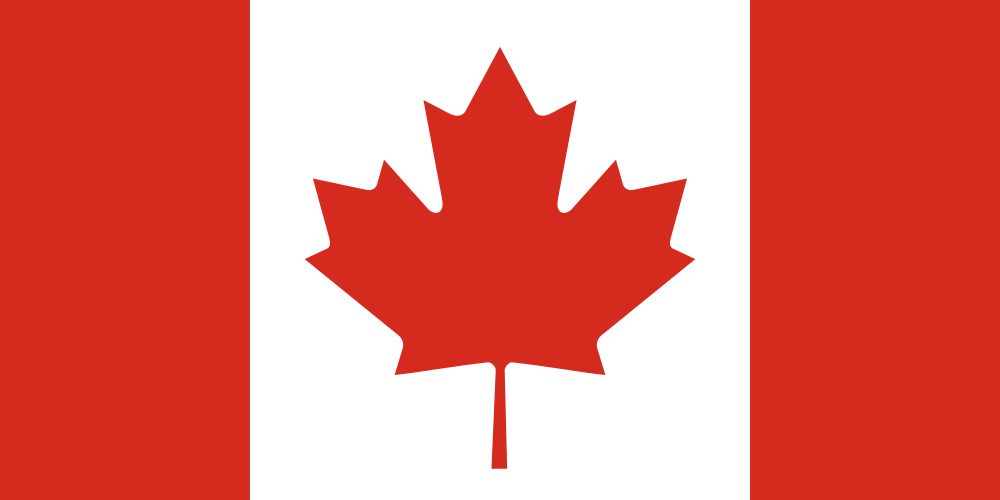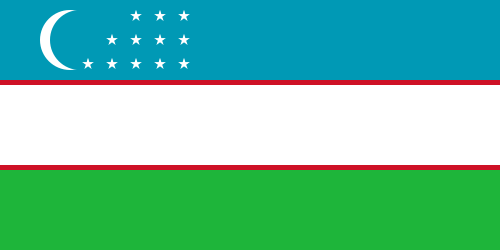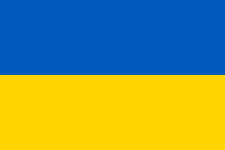- Industry
- Region
- Country / Region
On August 21, 2025, the European Commission's Directorate-General for Trade and Economic Security issued a statement announcing that the United States and the European Union have reached an agreement on a reciprocal, fair and balanced trade framework agreement (hereinafter referred to as the "Framework Agreement").
Article 13 of the Framework Agreement states that the EU reaffirms that a US conformity assessment body may be designated as a notified body under the Annex to the Telecommunications Equipment Industry of the European Community-United States Mutual Recognition Agreement (1998). These Notified Bodies will be able to carry out the basic requirements tasks outlined in the Radio Equipment Directive 2014/53/EU, including cybersecurity. The United States and the European Union will negotiate a mutual recognition agreement on cybersecurity. As of October 31, 2025, there are already four U.S. certification bodies on the EU NANDO website that have been listed as notified bodies in the EU cybersecurity category.
Click this link to view the original statement of the European Commission's Directorate-General for Trade and Economic Security.
On August 20, 2025, Brazil's National Telecommunications Authority (ANATEL) issued a circular numbered 246/2025/ORCN/SOR-ANATEL, confirming that all new and existing cellular equipment (approved or about to be approved) will not be able to use FDD Band 2 (1880-1920 MHz). Even during the renewal process, ANATEL confirmed that this FDD band was not considered.
Click this link to view the original text of ANATEL Circular No. 246/2025/ORCN/SOR-ANATEL.
On August 15, 2025, Innovation, Science and Economic Development Canada (ISED) released two new standards, RSS-102.SAR.MEAS Issue 2 and RSS-102.SAR.SIM Issue 1. The standards will take effect from the date of promulgation, and the transition period for the two standards will still be 6 months according to the usual practice.
The main updates to RSS-102. SAR. MEAS Issue 2 are as follows:
- New requirements and instructions for Time Averaging (TAS) SARs for algorithm approval and final product implementation, including wireless wide area network (WWAN), wireless local area network (WLAN), non-terrestrial network (NTN), and Bluetooth (BT);
- Added the Time Average Absorption Power Density (TA-APD) requirement for WLAN devices operating at 5925-7125 MHz.
- TAS measurement requirements have been added, allowing TAS measurements to be performed using an array of Stage 2 fast SAR systems in accordance with IEC/IEEE 62209-1528;
- clarified the test procedures for foldable devices;
- Added requirements for TAS foldable devices and space separation antennas;
- Added requirements for a variety of TAS applications;
- TAS motion sensor guide has been added;
- Added a new method for testing devices with protrusions.
The main updates to RSS-102. SAR. SIM Issue 1 are as follows:
- The SAR measurement requirements refer to RSS-102.SAR.MEAS Issue 2;
- The measurement requirements for Nerve Stimulation (NS) refer to RSS-102.NS.MEAS Issue 1;
- NS The relevant simulation requirements refer to RSS-102.NS.SIM Issue 1;
- The frequency range is extended from 100 kHz to 6 GHz, and the dielectric characteristics are adjusted accordingly;
- introduced the SAM mannequin;
- The requirements for uncertainty calculation are clarified.
Click this link to view RSS-102.SAR.MEAS Issue 2. Click this link to view RSS-102.SAR.SIM Issue 1.
On August 15, 2025, the Cabinet of Ministers of Uzbekistan issued Resolution 517, approving the technical regulation restricting the use of hazardous substances in electrical and electronic products - Uzbekistan RoHS. This technical regulation applies to a range of electrical and radioelectronic products listed in Annex 1. However, it does not apply to the following products: products for defense and law enforcement agencies; Products with an operating voltage not listed in Annex 1 exceeding 1000V AC or 1500V DC; photovoltaic panels; Components for ground and orbital space objects; Used equipment; large fixed industrial equipment; medical devices; Equipment for scientific research and development.
The resolution went into effect on August 16, 2025, and became mandatory on February 17, 2026. The regulations will be enforced by the Ministry of Energy of Uzbekistan and the Uzbek Agency for Technical Regulation.
Click this link to view the original text of Resolution 517 of 2025.
On August 14, 2025, the European Commission issued an executive decision numbered (EU) 2025/1741 in the oOfficial Journal, updating the harmonized standards for some radio equipment directives (RED). Some of the updates are as follows:
- The 1.5 GHz satellite ground station standard EN 300 487 V2.2.1 replaces EN 300 487 V2.1.2;
- The LTE base station standard EN 301 908-14 V17.1.1 replaces EN 301 908-14 V15.1.1;
- The multi-mode base station standard EN 301 908-18 V17.1.1 replaces EN 301 908-18 V15.1.1;
- The UWB standard EN 302 065-3-1 V3.2.1 for in-vehicle access systems replaces EN 302 065-3 V2.2.1;
- The UWB standard EN 302 065-4-1 V3.2.1 for material sensing devices replaces EN 302 065-4 V1.1.1;
- The EMC standard EN 301 489-28 V2.1.1 for wireless digital video link equipment has been added.
Click on the link to view the original (EU) 2025/1741 implementation decision.
On August 13, 2025, the Cabinet of Ministers of Ukraine issued Decree No. 976, which revised the frequency allocation plan to include the 5945-6425 MHz band in low-power radio applications from September 1, 2025. The decree specifies that this frequency band is subject to the ETSI EN 303 687 standard (ETSI EN 302 687 is incorrectly written in the decree). For low-power equipment (LPI) with a transmitting power of 23dBm, it is only allowed to be used indoors; For ultra-low power devices (VLP) with a transmitting power of 14 dBm, they can be used indoors or outdoors.
Click on this link to view the original text of Decree No. 976.
On August 8, 2025, Brazil's National Environment Commission (CONAMA) conducted a public consultation on the proposed RoHS (Restriction of Hazardous Substances) regulations for electrical and electronic equipment. Inspired by the EU RoHS Directive, the regulation aims to restrict the use of certain hazardous substances in various electronic products, and the main hazardous substance restriction requirements are consistent with the current EU RoHS Directive. The draft provides a two-year transition period for the hazardous substance disposal label (trash can icon with an X) that needs to be reflected on the product.
Click this link to view the original public consultation, the comment period is until September 24, 2025.
Following the FCC's May 27, 2025, Report and Order No. 25-27 on "Promoting the Integrity and Security of Telecommunications Certification Bodies, Measurement Facilities, and the Equipment Authorization Program" and further proposed rules on its website, the Report and Order section of the FCC 25-27 was officially published on the Federal Register website as a regulation on August 7, 2025, and the main part of the regulation will take effect on September 8, 2025. The content of the regulations is largely consistent with FCC 25-27, but the requirements for laboratory certifying as a non-prohibited entity have been postponed indefinitely. The postponement is mainly due to the need for the approval of the U.S. Office of Management and Budget, which typically has an approval cycle of about 5 months, and the approval process has not yet been initiated.
Click on this link to view the original published regulations with FR IDs 305703.
On August 6, 2025, the Nigerian Communications Commission (NCC) published regulatory guidance on the use of the lower portion of the 6GHz band (5925-6425MHz) for license-free applications in Nigeria. The guidelines define products in two power levels:
- LPI category of 23dBm for indoor environment only;
- VLP category of 14dBm for indoor or outdoor environments.
Click this link to view the original guide.
On August 4, 2025, the Bangladesh Telecommunications Regulatory Commission (BTRC) revoked its previous decision to suspend the ban on the import, production, and sale of single-band Wi-Fi routers. A single-band router refers to a Wi-Fi router that operates on only one frequency band, typically 2.4 GHz.
The ban, originally issued in November 2024, stipulates that all ISM band Wi-Fi routers sold in Bangladesh should support both the 2.4 GHz and 5.8 GHz bands. In May 2025, the BTRC announced a pause in the decision to provide a transition period for industry stakeholders. The announcement to reinstate the ban on single-band routers also requires that routers must mandate support for IPv6 technology.
Click this link to view the original BTRC related notice.
